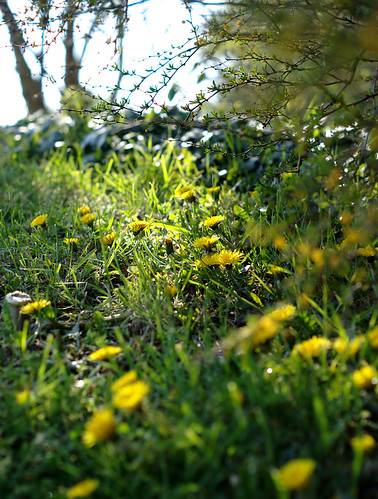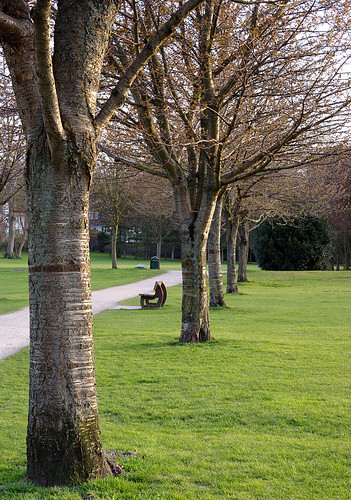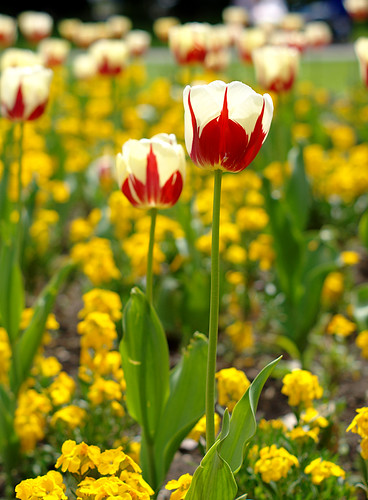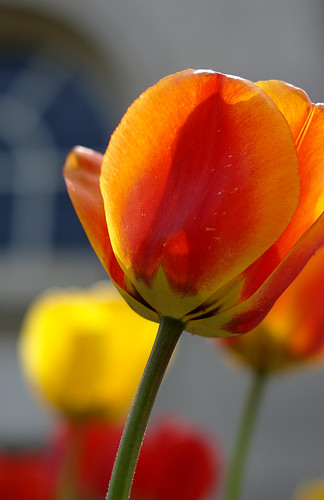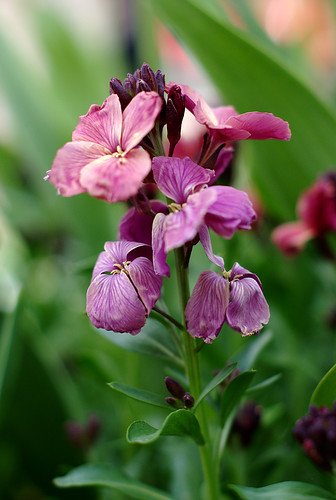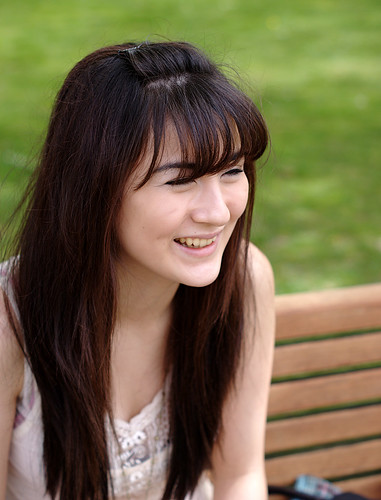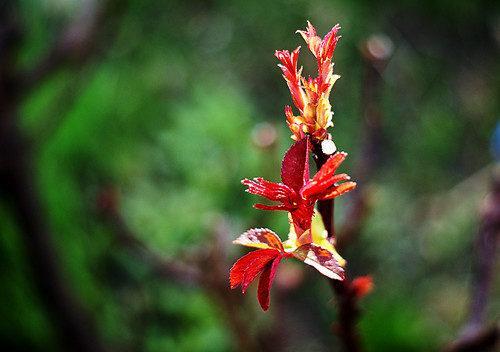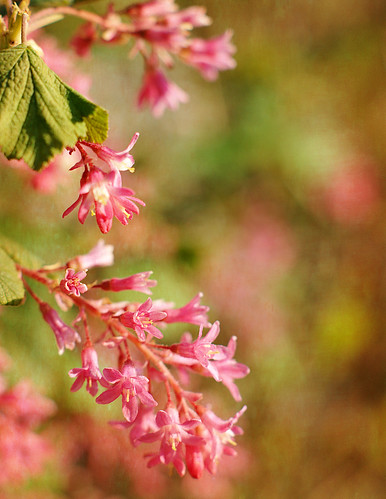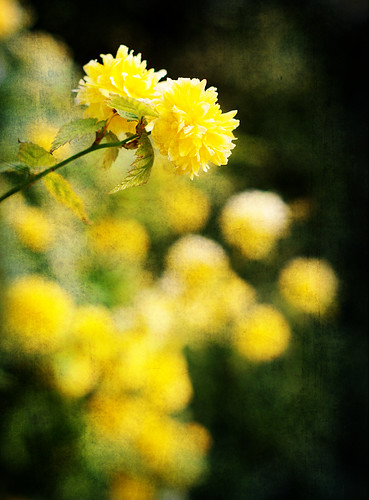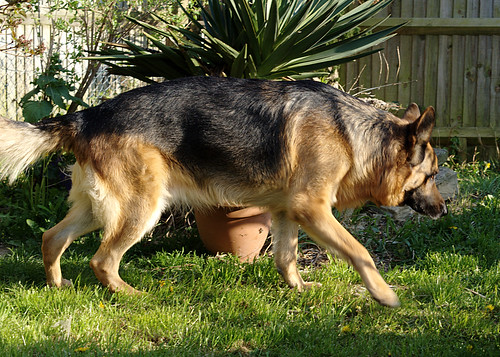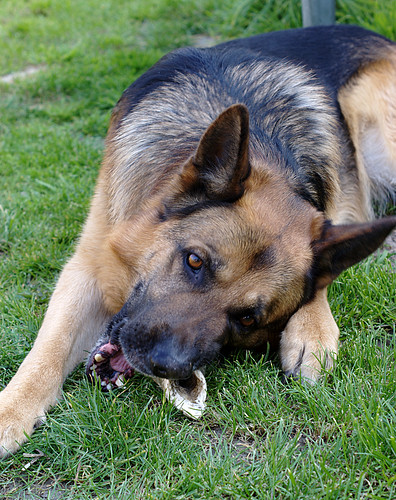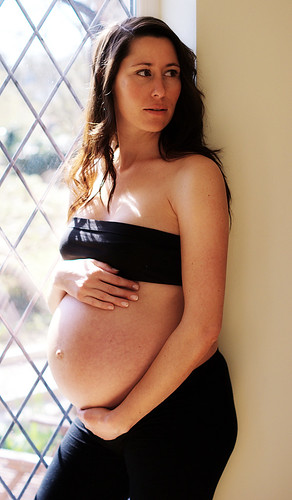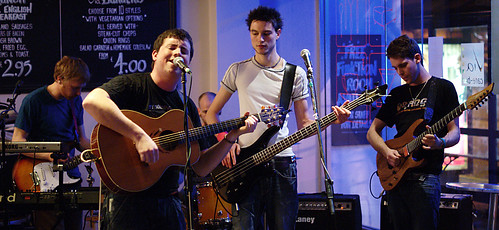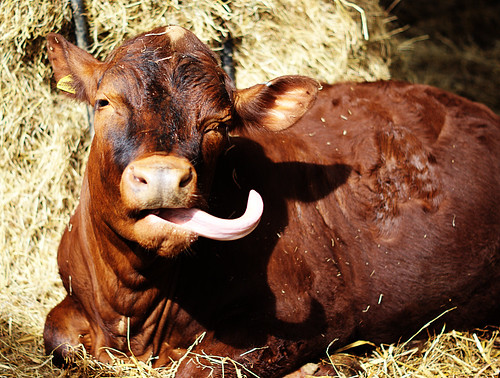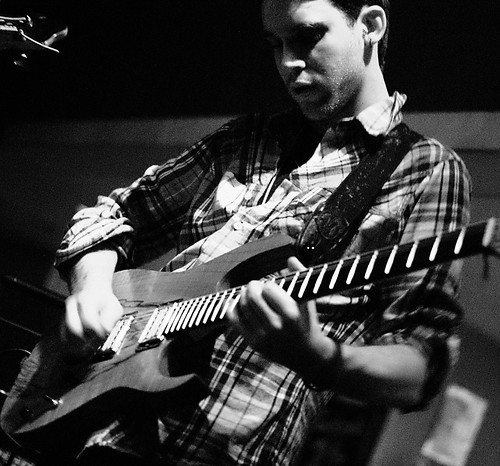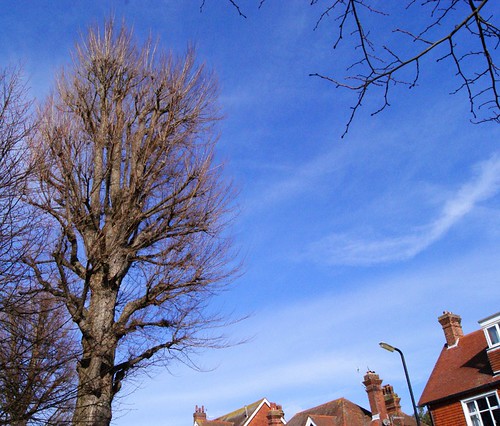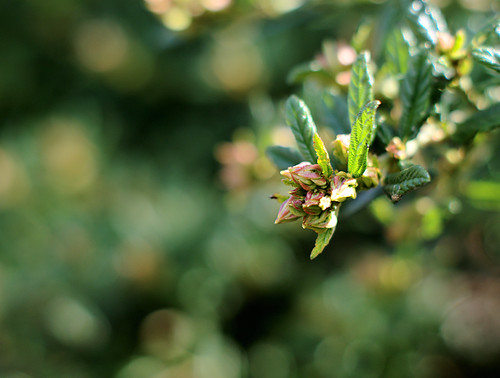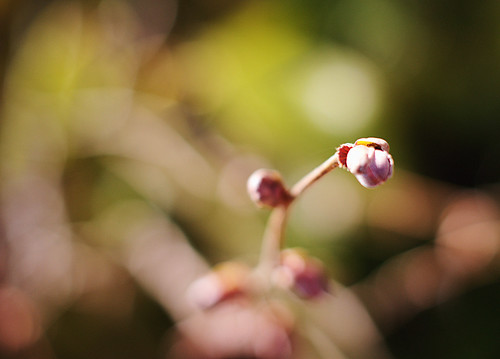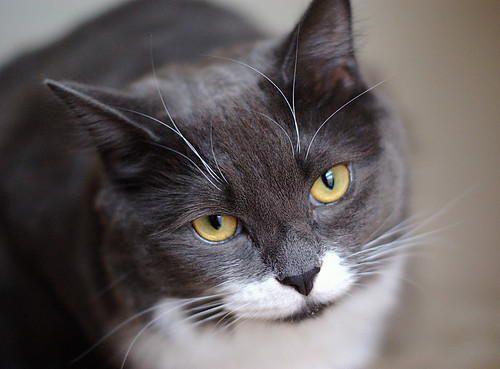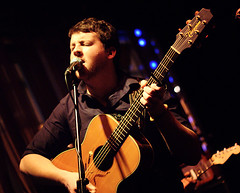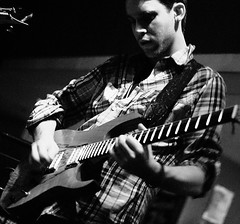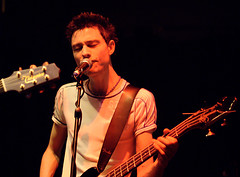
Colour everywhere! At times it was very cultivated and bordering-on-unnatural colour but considering Eastbourne has no parks like this and it was the hottest day of the year so far, my heart soared.
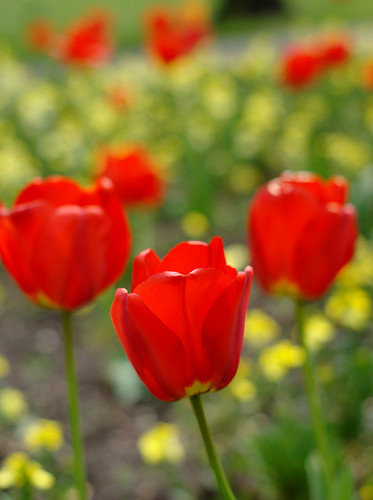
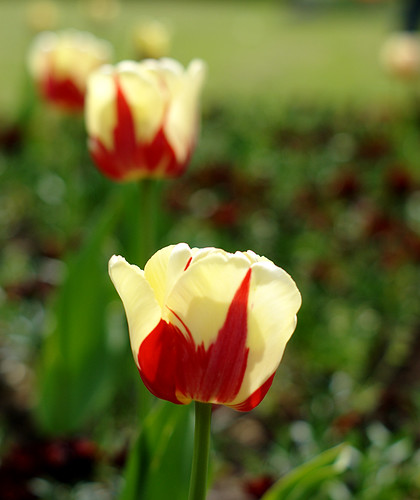
Everywhere tulips. Yellow, red, yellow-and-red, orange, pink... It was a real treat for the senses.
The park itself was extremely well-kept and clean, and being right opposite the university, I have no qualms in saying that it had a MAJOR influence on me telling Tasha I preferred this university to any other she'd seen.


Even my dear, sweet mum got involved. :)
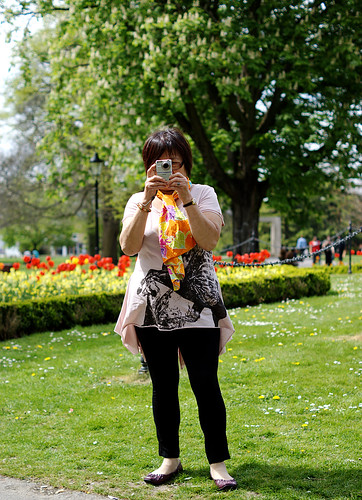
Once we were finished it was still relatively early, so we decided to make a stop off at Middle Farm on the way home.
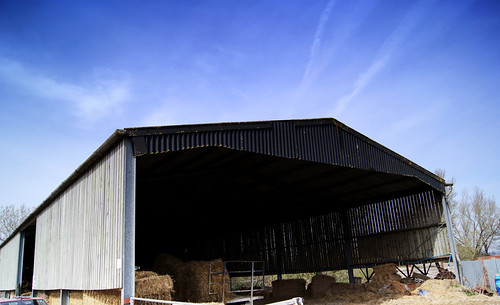
Middle Farm is a great little place which is open to the public and has a shop with tons of locally sourced fresh meat, fruit and vegetables, their own cider and perry barn, livestock wandering around, a plant and herb area... it's a really great place for a day out. You can see the shop, cider barn, plant area and a lot of birds without having to pay, or you can pay just £3 to go through to the main farm area and see the sheep, goats, cows etc.
It being spring and all, the cows have all foaled and we got to see a couple out front.

Hi cutie!
We also had the pleasure of seeing some of the peafowl pruning on a nearby wall.
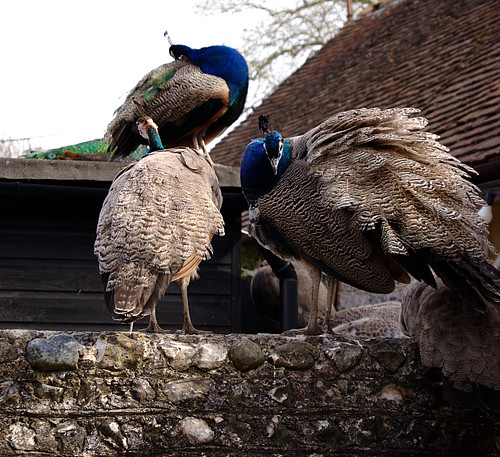
These are all peahens but you can see the peacock just in the background.
It's weird - I've always been aware of the generally polygynous nature of most animal species but seeing it in the flesh was quite hilarious. As well as that peacock and his hens, we also came across this fella:
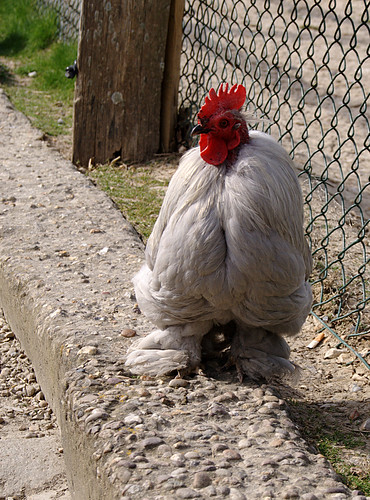
And his harem:
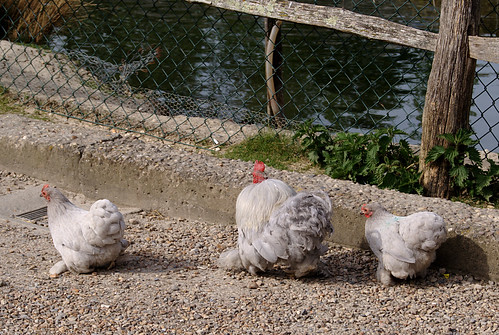
This shot really doesn't cover it -- he was bowling around with no less than FIVE hens following him. Also, HOW HILARIOUS are these chickens? Look at their feet! It's like they're wearing slippers! I wanted to take one home but Ste would have eaten it.
As well as the chickens, there were a lot of ducks:
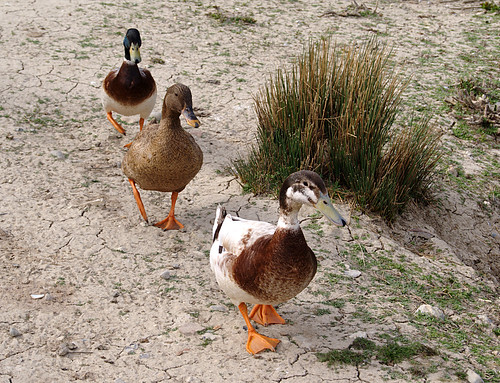
(check out homeboy bringing up the rear - what a pimp)
And geese:
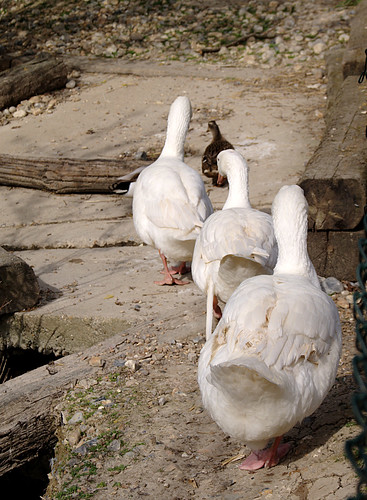
I've got to say, when these geese came rocking up it was like watching a cliché scene from some mafia movie. They all walked in a line, REAL slow, marching along, and the ducks scattered before them. At one point they passed right in front of us (separated by a fence thank god) and the front fella stared at me so intently that I was too scared to put my camera up in case he went for it. Just imagine these huge, majestic birds marching reeeaaaal slow by you, smaller birds fleeing (hum the Imperial March if it helps), then the Godfather stares you out for a good fifteen seconds... and I'd like to see you manage a better shot than this:
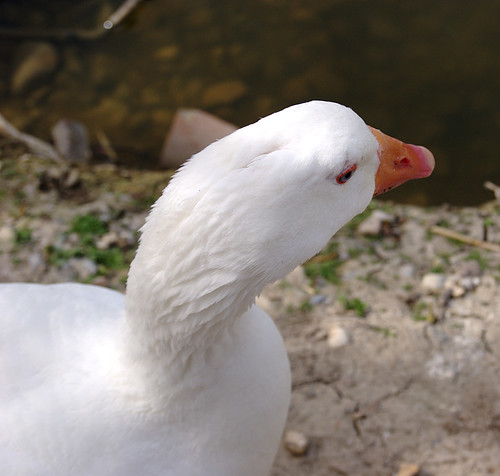
That's right - I waited for the goose to break eye contact before I moved. I'm hardcore.
